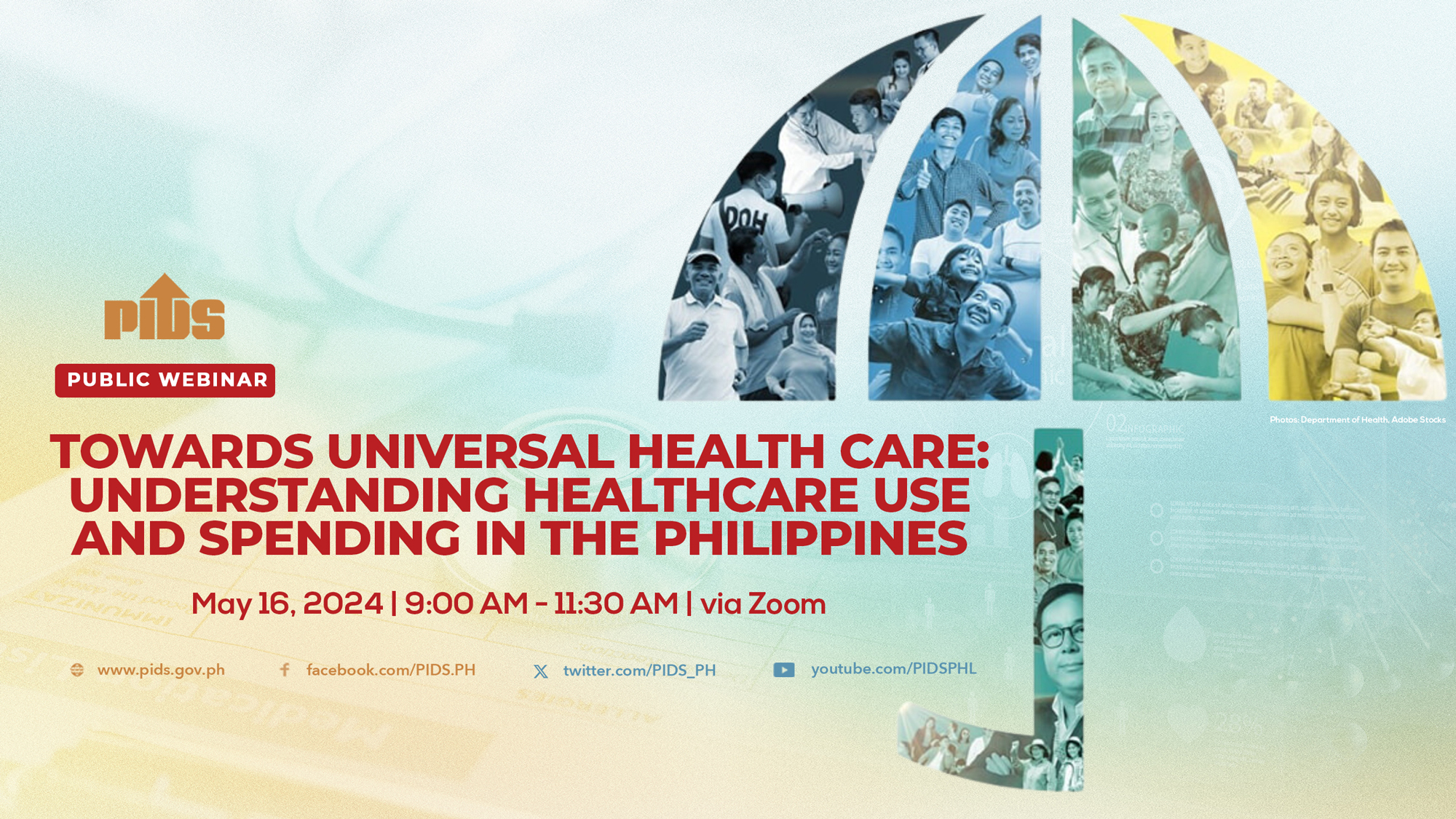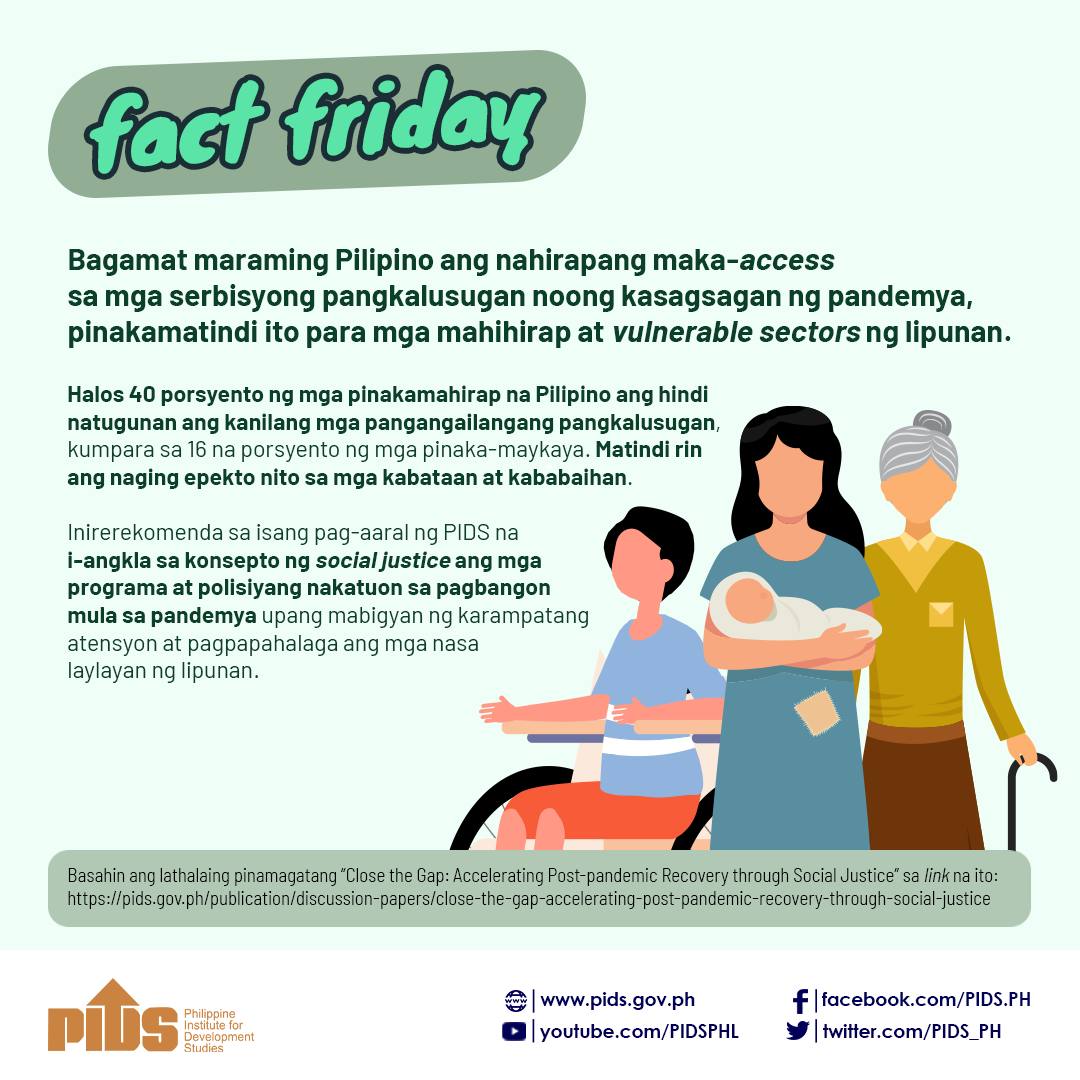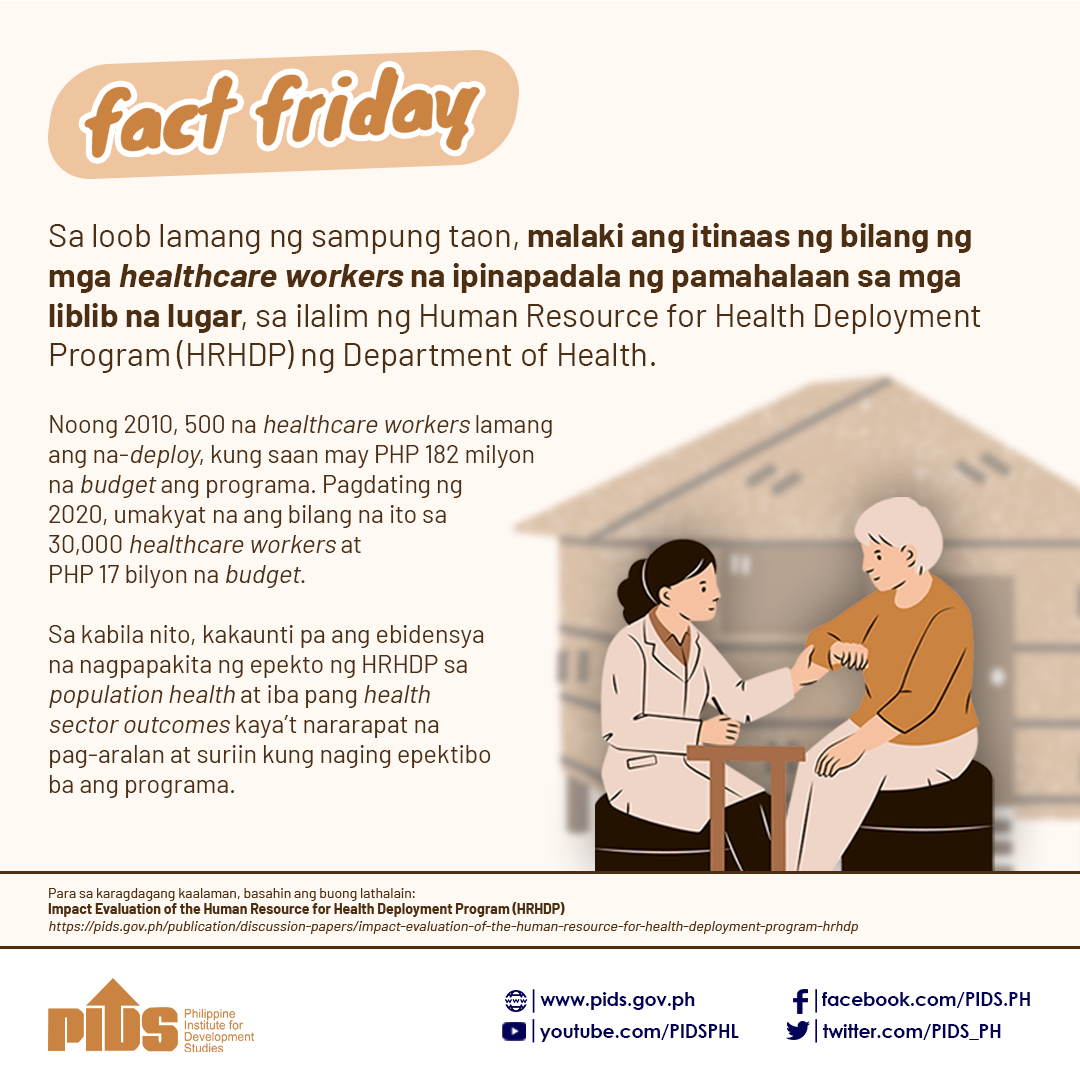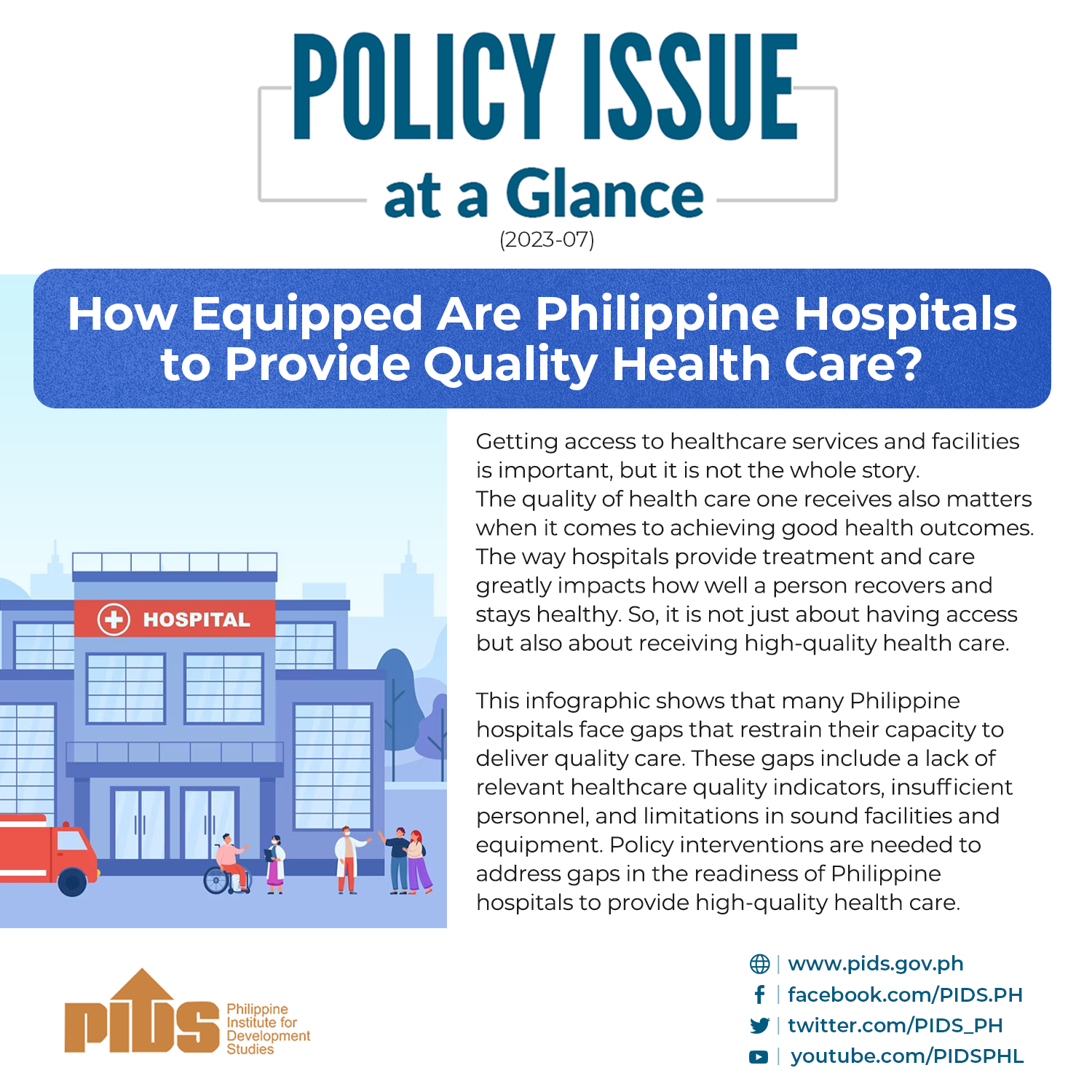Among the highlights of President Marcos, Jr.’s first State of the Nation Address (SONA) was when he said that the government must bring healthcare to the people and not wait for them to come to the country’s hospitals and health care centers.
The inaccessibility of healthcare has long been a challenge for the country — which is exacerbated by poor health-seeking behavior among Filipinos. An oft-cited study from the UPecon Foundation of the University of the Philippines School Economics (UPSE), which has been reaffirmed in 2015 by the UP National Health Institute (UP-NHI), found that up to six out of 10 Filipinos who succumb to sickness do so without seeing a medical professional. And as other studies have likewise shown, one of the top factors that dissuade citizens from going to the doctor relates to the actual distance they have to travel just to get themselves checked.
All these make the President’s pronouncement a most-welcome development. He also underscored that while many Filipinos have benefited from the Philippine Heart Center (PHC), the Lung Center of the Philippines (LCP), the Philippine Children’s Medical Center (PCMC) and the National Kidney and Transplant Institute (NKTI), it is clear the services these specialty hospitals offer should be available throughout the country.
We could not be more heartened by these words, because among the measures we filed at the beginning of the 19th Congress was the Satellite Specialty Hospitals Act (SBN 93). The bill mandates existing specialty hospitals — specifically PHC, LCP, PCMC and NKTI — to establish satellite or affiliated centers in provinces which are geographically isolated, and to operate these centers pursuant to their respective charters. The measure then calls on these specialty hospitals to formulate prioritization plans so that the satellite specialty hospitals cater to the top burdens of disease in the region. The goal is that within five years of the law’s enactment, at least one satellite specialty hospital or specialized unit within a Department of Health (DOH) hospital is established in each of the pre-identified regions.
Currently, under a 2021 DOH Department Order, there are 10 facilities designated as “national specialty centers” which are hospitals with the highest level of expertise in clinical services, teaching and training, and research; and are among the country’s apex or end-referral facilities for a given medical specialty. Unfortunately, all of these facilities are within Metro Manila, which possibly contributes to another problem of the healthcare system — the apparent lack of healthcare workers across the country.
In fact, according to a 2019 Philippine Institute for Development Studies (PIDS) paper, while national-level statistics may describe a sufficient supply of health care workers in the Philippines when benchmarked with international metrics, disaggregated data relating to where these healthcare workers actually practice show they are unevenly distributed across the country.
The PIDS study estimated that less than 25 percent of cities and municipalities have a health human resource (HHR) density above the 41 physicians, nurses, and midwives per 10,000 population standard of the World Health Organization. This suggests that up to 75 percent of all cities and municipalities have insufficient healthcare workers. The discussion paper then explained that while the number of healthcare workers was generally increasing in the past 25 years, these workers were more likely to locate in areas with greater earning potentials (i.e. highly urbanized cities), and in communities close to where they are trained.
This is where our bill on Satellite Specialty Hospitals dovetails with the Doktor Para Sa Bayan Act (RA 11509), which was enacted earlier this year under the 18th Congress. The measure, which was principally authored by former Senate President Tito Sotto, sponsored by then Senate Committee Chairman on Higher Education Joel Villanueva, and co-authored by 14 other senators (including myself), establishes a program wherein state-supported medical scholars will undergo a mandatory return of service at public health institutions, including the satellite specialty hospitals that hopefully will be established in the coming years.
We are trying to address this issue from another angle — by supporting the creation of hospitals in state universities and colleges (SUCs) that already offer medical degrees. Filed as SBN 92, our Health Facility Augmentation Act will not only increase the overall hospital bed capacity of our healthcare system, it will also provide medical students with the training they require within the SUCs where they are enrolled. Essentially, our measure envisions the establishment of teaching hospitals wherever medical degrees are offered.
That the applause from the gallery during the SONA was particularly energetic when the President spoke about bringing better healthcare closer to the people speaks volumes. We are confident that through close collaboration across the different branches of government, we inch ever closer to realizing that vision.












